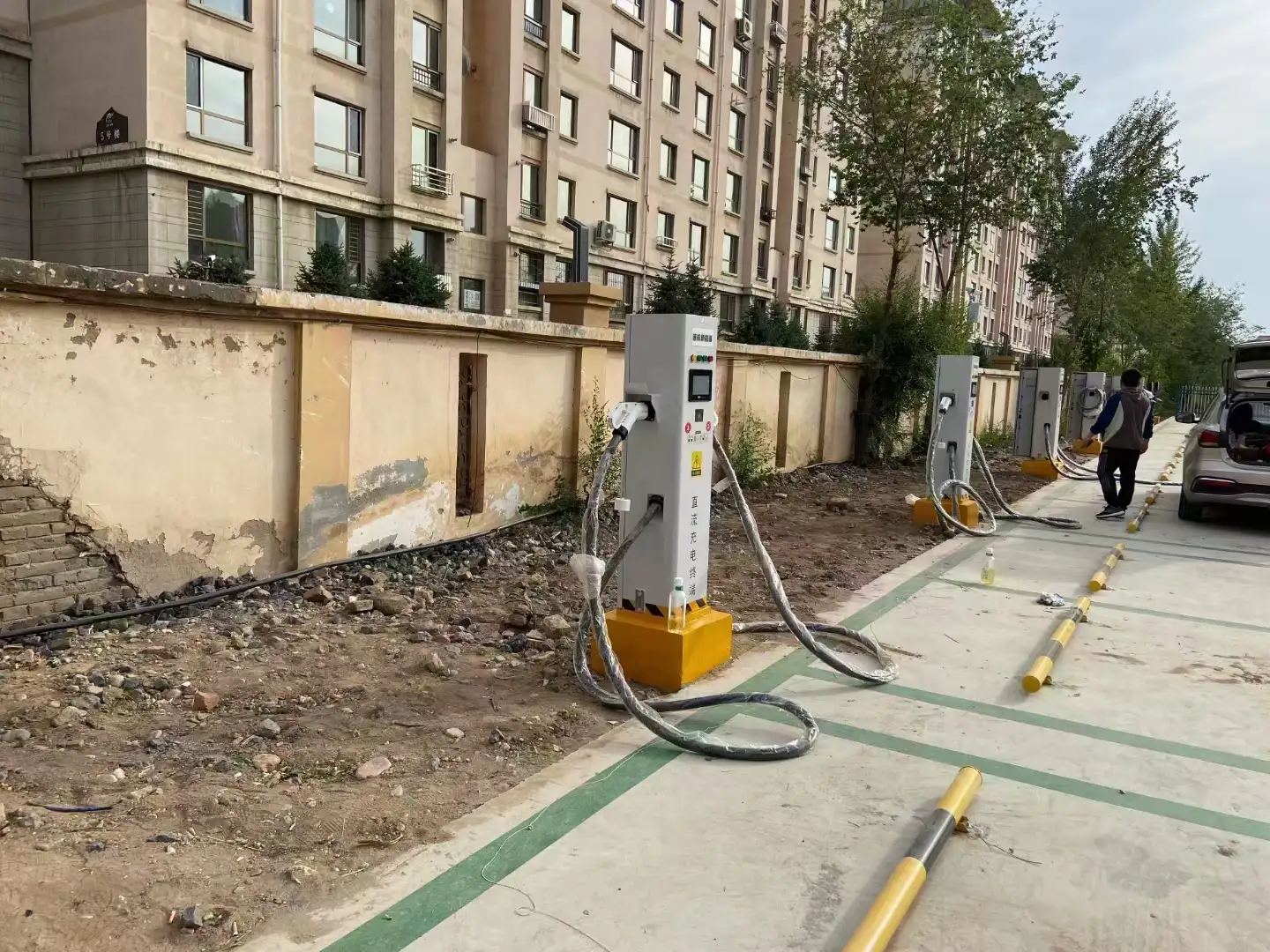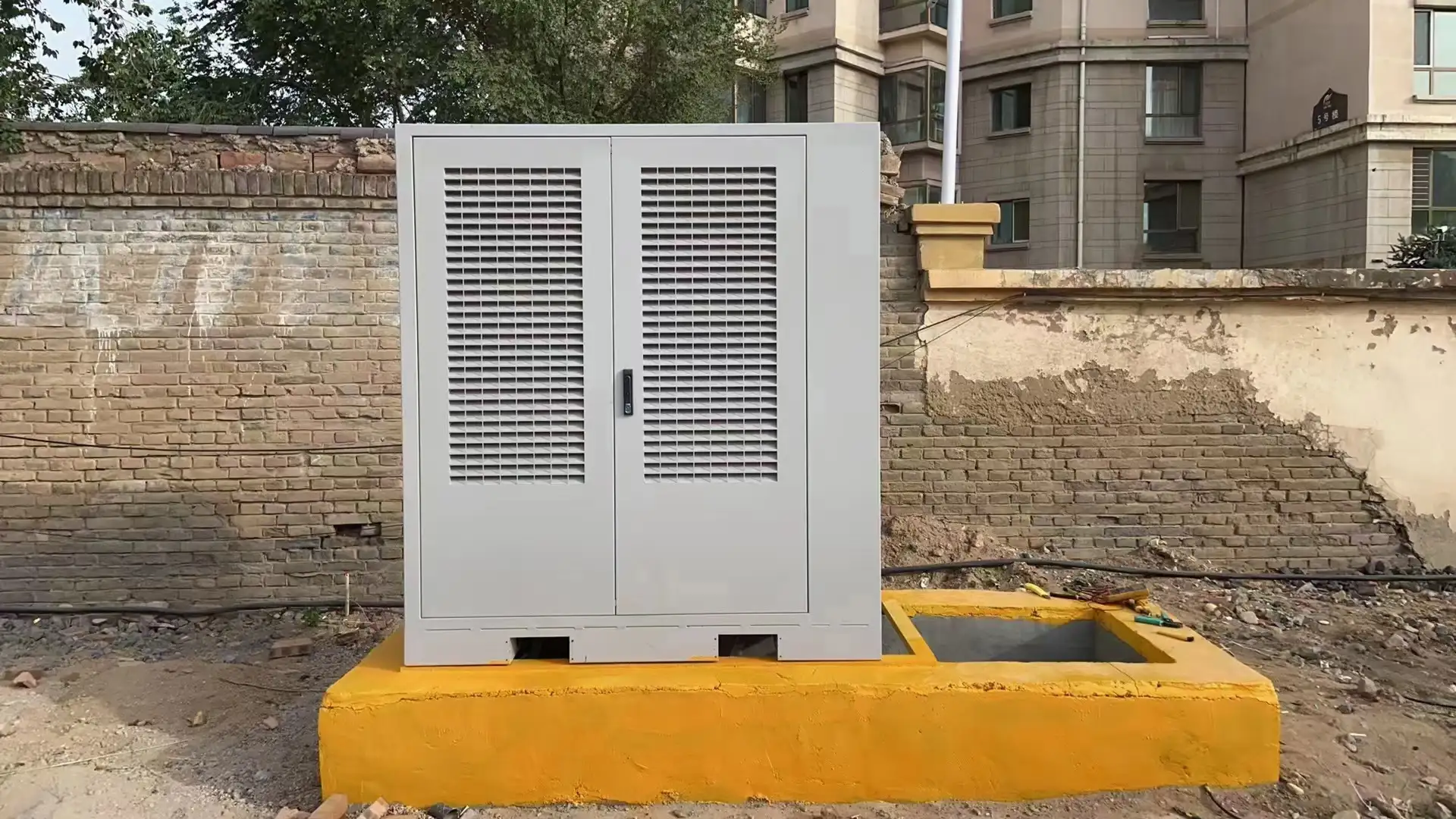Successful Implementation: Volar 360KW Split-Type Charging System (1 Main Control Unit, 6 Charging Piles)
Introduction
In the rapidly developing field of new energy technology, the construction of electric vehicle charging infrastructure has become increasingly important. At the Dongming Alley East Entrance, Zhandong Road, Xincheng District, Hohhot, Inner Mongolia, Volar successfully implemented an advanced 360KW split-type charging system. This system not only enhances the local charging services but also provides strong support for the promotion and application of new energy.

Project Overview
The successfully implemented Volar 360KW split-type charging system includes 1 main control unit and 6 charging piles. This system has the following significant features:
High-Efficiency Charging: With a total power of 360KW, it can simultaneously provide fast charging services for multiple electric vehicles.
Intelligent Control: The main control unit manages the 6 charging piles centrally, intelligently allocating power resources to improve charging efficiency.
Safety and Reliability: The system is equipped with comprehensive safety measures to ensure the safety and stability of the charging process.
Implementation Process
The project underwent the following key steps:
Site Survey: The project team first conducted a detailed site survey at Dongming Alley East Entrance, Zhandong Road, Xincheng District, Hohhot, to determine the optimal layout and installation locations for the charging piles.
Equipment Installation: After completing the planning, the project team quickly proceeded with equipment installation, ensuring each charging pile could operate stably and seamlessly connect with the main control unit.
System Debugging: Once installation was complete, the team conducted comprehensive system debugging to ensure smooth communication between the charging piles and the main control unit, with rational power distribution.
User Training: To ensure efficient operation of the system, the project team provided detailed operational training to relevant personnel, ensuring they could proficiently use and maintain the equipment.
Project Advantages
Enhanced Charging Efficiency: The total power of 360KW and the intelligent control system significantly shorten vehicle charging time and improve charging efficiency.
Promoting New Energy Applications: The deployment of this charging system provides convenient charging conditions for more electric vehicles, further promoting the adoption of new energy vehicles.
Driving Local Economic Development: With the improvement of charging infrastructure, more electric vehicle users will be attracted, increasing the local electric vehicle population and driving the development of related industries.
Environmental Friendliness: Promoting electric vehicles and their charging infrastructure helps reduce emissions from traditional fuel vehicles, improve air quality, and drive green urban development.

User Feedback
After the system was put into operation, it received unanimous praise from electric vehicle owners. They noted that the charging pile layout was reasonable, easy to use, and provided fast charging, greatly improving their experience. One electric vehicle owner in Hohhot said, "Since this charging system was installed, my charging issues have been greatly alleviated. The distribution of charging piles is also very reasonable, making charging very convenient."
Future Outlook
The successful implementation of the 360KW split-type charging system not only sets a benchmark for the construction of electric vehicle charging infrastructure in Hohhot but also accumulates valuable experience for Volar in promoting similar projects nationwide. In the future, Volar will continue to uphold the principles of technological innovation and customer-centric service, continuously optimizing and upgrading the charging system, promoting new energy infrastructure construction in more cities, and contributing to green travel and sustainable development.
Conclusion
The successful implementation of Volar’s 360KW split-type charging system at the Dongming Alley East Entrance, Zhandong Road, Xincheng District, Hohhot, Inner Mongolia, marks a significant attempt and breakthrough for Volar in the field of new energy. Through this project, Volar not only demonstrated its technological strength and innovation capabilities but also made a positive contribution to the construction of electric vehicle charging infrastructure. In the future, we look forward to seeing more similar projects successfully implemented across the country, collectively ushering in a new chapter of green travel.
prev: Construction Engineering Auto Lot Station
next: 没有了!